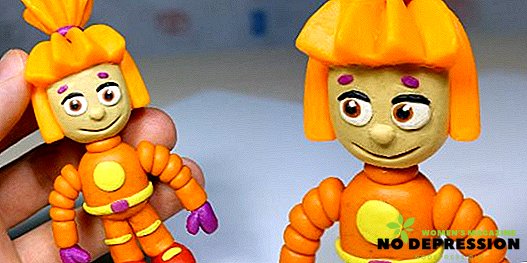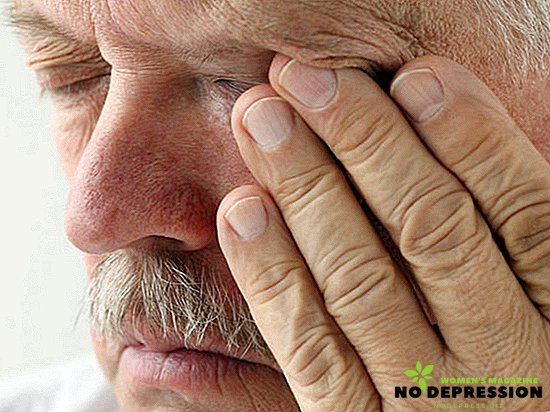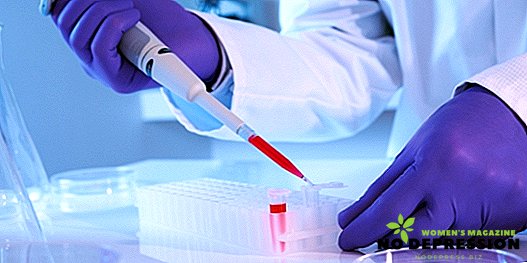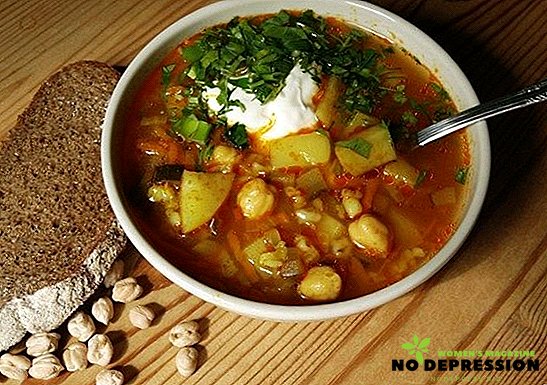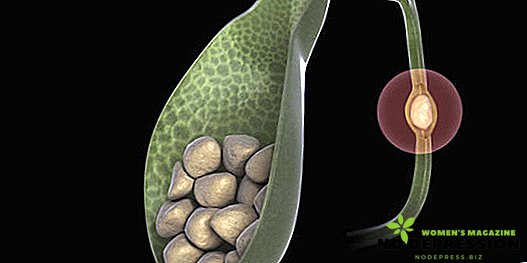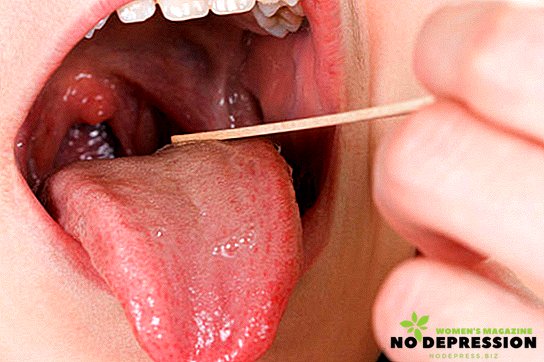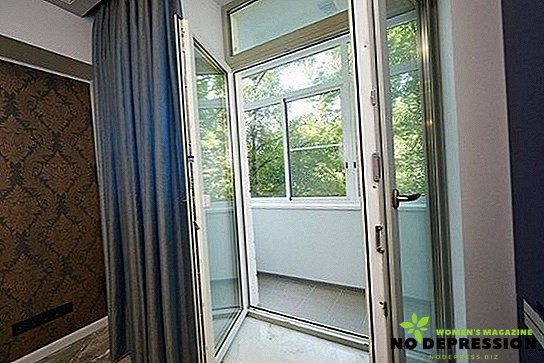Elecampane is a perennial plant with thick roots, mainly grows in the wild. The plant has a mass of healing properties, and experts from the whole planet think so. Root elecampane is widely used in the treatment of various pathologies, but has some contraindications to use.
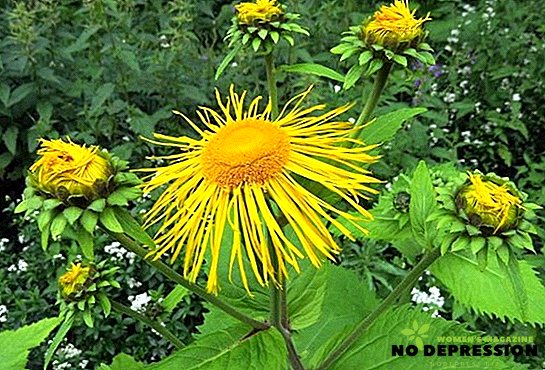
Description and composition of the plant
Elecampane is a medicinal plant that grows on the banks of water bodies, in forests and on meadows with good humidity. Since ancient times, folk healers have attributed magical and healing properties to this plant. Translated from the Latin language, "virgin" is a purification that only confirms the healing properties of the plant.
For the preparation of various tinctures and decoctions is used mainly root devasila, in rare cases - inflorescences. Despite its bitter taste and strong smell, it is the root that is considered the most valuable part of the culture and is used to prepare folk remedies.
 The value of the root is explained by the presence in its composition:
The value of the root is explained by the presence in its composition:
- saponins;
- inulin;
- essential oils;
- vitamin E;
- folic acid;
- various minerals.
The composition of the root devyasila includes a substance such as alantolactone, which has a negative effect on ascaris. It is for this reason that the essential oil on the basis of elecampane is considered an effective herbal remedies for worms.
How to prepare grass and root devyasila

The most useful and healing are those plants whose age does not exceed three years. Young cultures do not differ in special value, therefore it is better to refuse to collect them.
It is best to collect flowers and leaves during the flowering of the plant, and they should be picked selectively, which will not allow the culture to die. Collected raw materials should be washed under running water and dried with a towel. After that, the flowers and leaves must be decomposed in a room with good ventilation and dried, not forgetting to constantly turn them over. It should be remembered that direct sunlight on contact with the plant reduces their value.
The root of the plant is carefully dug out of the ground, and then thoroughly washed, dried and disposed of all damaged parts. After that, the root is cut into small pieces and laid out with a layer of not more than 0.5 cm. On the first day it is recommended to slightly waddle the root of the plant in fresh air, and then place it in a dryer or a warm room. The finished dried root acquires a grayish-brown shade, and in the cut it becomes a yellow-white shade with shiny patches. Harvested raw materials are recommended to be stored in paper bags, fabric bags or cans of no more than three years.
Medicinal properties and application
The beneficial properties of deviacyl are in substances that are contained in the root.
The plant has the following effects:
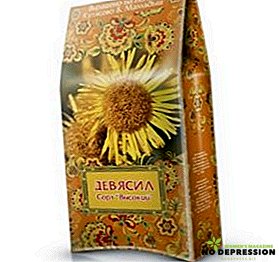 anti-inflammatory;
anti-inflammatory;- expectorant;
- antitumor;
- antihelminthic;
- choleretic;
- diuretic;
- antifungal.
In addition, the plant helps reduce appetite if you want to lose weight and helps to normalize the metabolism in the body.
The plant is widely used to treat:
- diabetes;
- gastritis;
- hemorrhoids;
- hypertension;
- epilepsy.
Medicines based on this plant are widely used by doctors for the treatment of pathologies of the liver, kidneys, bladder and gall bladder. The plant helps relieve arthritis, gout and urolithiasis. In addition, Ninety helps restore the menstrual cycle and cure infertility.
Pharmaceuticals
Most often for the preparation of medicines based on devyala is used root and root parts of the plant.
There are the following forms of release of drugs:
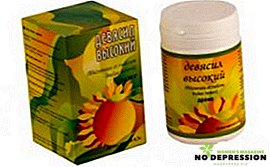 elecampane syrup;
elecampane syrup;- tincture of root devya;
- nine phytotea;
- pills Alanton.
Elecample in its pure form goes well with other drugs. If it is necessary to use rhizomes, herbal tea and syrup on the basis of elecampane can be replaced with the following drugs:
- Alteyka;
- Licorice;
- Altemics;
- Plantain.
Drugs on the basis of elecampane are effective in treating various pathologies of the gastrointestinal tract and in lowering blood pressure. In addition, they are allowed to use in the treatment of various lesions of the skin.
Recipes of traditional medicine
Alternative medicine offers a variety of effective tools based on the root and leaves of elecampane.
To prepare the tincture of wine you need:
- 500 ml of red wine mixed with 2 tbsp. l well ground rhizomes;
- the resulting mixture to simmer on fire for no more than 15 minutes;
- means cool and strain;
- drink 5 ml tincture several times during the day.

The simplest recipe for traditional medicine is the preparation of the following infusion of elecampane:
- Grind the rhizome of the plant and a tablespoon of such raw materials pour a glass of boiling water.
- The mixture is evaporated in a water bath for 15-20 minutes, then add water to the original volume.
- This tincture is recommended to drink 1/2 cup several times a day shortly before meals as a tonic and for rinsing sore gums.
Elecample is widely used for the manufacture of tools intended for outdoor use. This plant is part of lotions, compresses and baths, which are used to eliminate various skin pathologies. To prepare the product, 100 grams of roots should be poured with a liter of water and left to infuse for 4 hours. This tool must be drained through gauze and used for its intended purpose.
Dried rootstock elecampane can grind and use to prepare ointments. To do this, combine the plant powder with fat in a ratio of 1: 5 and boil the resulting mass for 15 minutes. Means to strain and apply on the inflamed areas of the skin 1 time per day until complete healing.
To prepare the balsam of deviac, you need:
- 50 grams of dried roots pour a liter of water and cook on fire for 25 minutes;
- In the ready broth pour ½ cup of apple juice and 150 grams of sugar;
- Balm taken chilled 3 tablespoons shortly before meals.
Such a tool is considered to be tonic and helps to improve the general well-being of the patient. For asthma, you can mix the juice of the roots of the plant in equal proportion with honey and drink a teaspoon 20 minutes before meals several times a day.
Application in cosmetology
With the help of the inula, it is possible to restore aging skin, improve its tone and prevent the appearance of wrinkles. In addition, the ancient healers recommended the use of such a plant for women to strengthen hair.
 To increase the elasticity of the skin, you can use a lotion prepared according to the following recipe:
To increase the elasticity of the skin, you can use a lotion prepared according to the following recipe:
- 50 grams of roots pour 500 ml of dry white wine.
- Mixture put on a small fire and simmer no more than 10 minutes.
- Means to cool to room temperature and several times a day to wipe his face.
- Store this lotion is recommended in a cold place.
Elecampane can be used to prepare a remedy for dandruff. For this you need:
- In a container pour 3 teaspoons of the roots of the plant and pour 500 ml of boiling water over them.
- The resulting mixture to insist about half an hour, then strain.
- So moisten hair and rub it into the skin of the head for 30 minutes.
- After the specified time, the hair should be rinsed with warm water.
With the help of this tool you can forget about dandruff and return your hair a healthy look.
Contraindications to treating babies

Despite the mass of beneficial properties possessed by the plant, there are some contraindications to treatment with it. It is strictly forbidden to use such a plant during pregnancy, since it may adversely affect its flow. Despite its high efficacy in the treatment of gynecological diseases, it can provoke an abortion, and during menstruation it can increase the amount of blood secreted. Along with other drugs, root devyasila can provoke allergic reactions, so you need to start taking it with caution.
It is recommended that abandonment treatment be given to those patients who suffer from pathologies of the heart and vascular system. The use of the plant in cases of kidney diseases, peptic ulcer exacerbations and gastritis is banned. With increased caution should be treated with such a folk remedy in childhood and those patients who have low blood pressure.
Possible side effects
Elecampane is considered a useful medicinal plant, but for some people it can be dangerous. With increased caution, this tool should be used by people who are prone to the development of allergic reactions. In the event that an allergy has arisen on chamomile or echinacea, then it is highly likely to cause it. In such a situation, problems with stool, cramps and vomiting may occur.


 anti-inflammatory;
anti-inflammatory; elecampane syrup;
elecampane syrup;